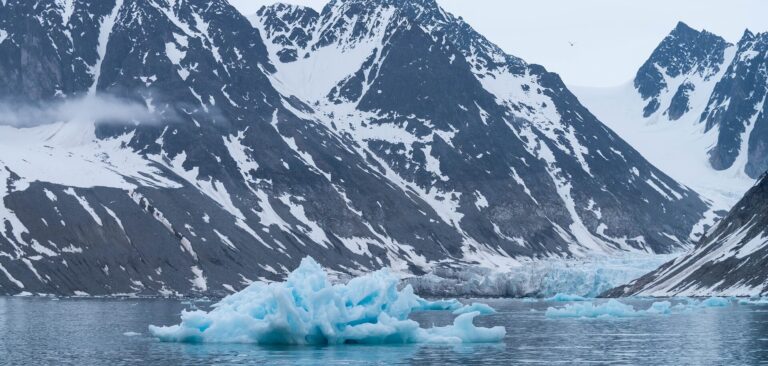A dashboard monitoring key indicators of global climate has been launched by the UK Met Office to help decision makers, including those at COP26, stay up to date with the current state of the climate.
The Climate Dashboard will measure and depict global temperature, ocean heat content, sea-level rise, sea ice extent, atmospheric greenhouse gas concentrations and climate modes.
One section of the dashboard, looking at global weather extremes up to 2018, shows how extreme weather is changing its character, with warm nights becoming more frequent, daily rainfall more intense, and warm spells lasting longer. It shows that:
- The number of warm days averaged over the globe has increased by around 20 per year in the most recent decade, compared with the 1970s, and the number of days with warm spells increased by around 10 days.
- The number of cool nights has decreased by around 20 per year compared with the 1970s, while the global average number of warm nights has increased by around 30 nights since the middle of the 20th century.
- The coldest nights have become 4°C less cold than at the beginning of the century and the warmest nights have become more than 0.5°C warmer over the same period.
- The increase in the total annual precipitation is over 50mm since the beginning of the 20th century.
Nick Rayner, head of climate monitoring at the UK’s Met Office, said, “Bringing together key climate data into a clear and concise dashboard helps increase understanding of our dramatically changing climate. In future, visitors to the dashboard should be able to see the outcomes of increasing mitigation efforts reflected in the fastest-responding indicators. Observations from coastal tide gauges show sea levels rose by nearly 200mm between 1900 and 2000. However, by building in projections of sea-level rise linked to different scenarios for future greenhouse gas emissions, you can easily see what we are already committed to and the need for urgent action to minimize further changes.”
Dr Helene Hewitt is an expert on the rise of sea level at the Met Office. She said, “Without strong action to tackle climate change we could see global sea levels rise by a meter by 2100, depending on the greenhouse gas emission scenario. That could be up to five times the rate or more in the next 100 years, compared with the previous century. Even with aggressive action to cut greenhouse gas emissions, global sea levels will continue to rise.”
Alongside the development of the global Climate Dashboard, the Met Office has been working with the Office for National Statistics and other government agencies to develop the UK climate change portal and dashboard, which brings together weather and climate monitoring for the UK with other key data.
This dashboard (which includes key metrics from the Met Office State of the UK Climate report) shows that changes in UK climate have been broadly consistent with those seen globally with:
- The most recent decade was 1.1°C warmer than the 1961 to 1990 long-term average. All the top 10 warmest years since 1884 have occurred this century, with all of the top 10 coldest years occurring before the 21st century.
- The decade from 2011 to 2020 was on average 9% wetter than 1961 to 1990. Over the same period, UK winters were 19% wetter and UK summers 17% wetter.
To view the global Climate Dashboard, click here.
To view the UK climate change portal and dashboard, click here.



